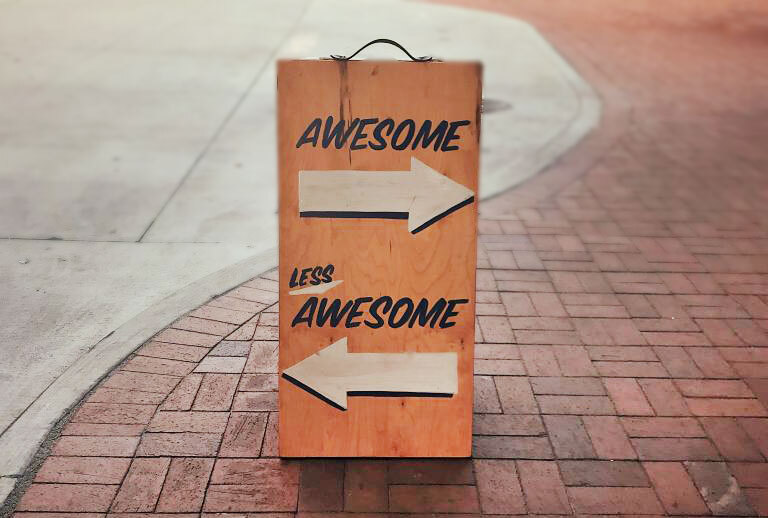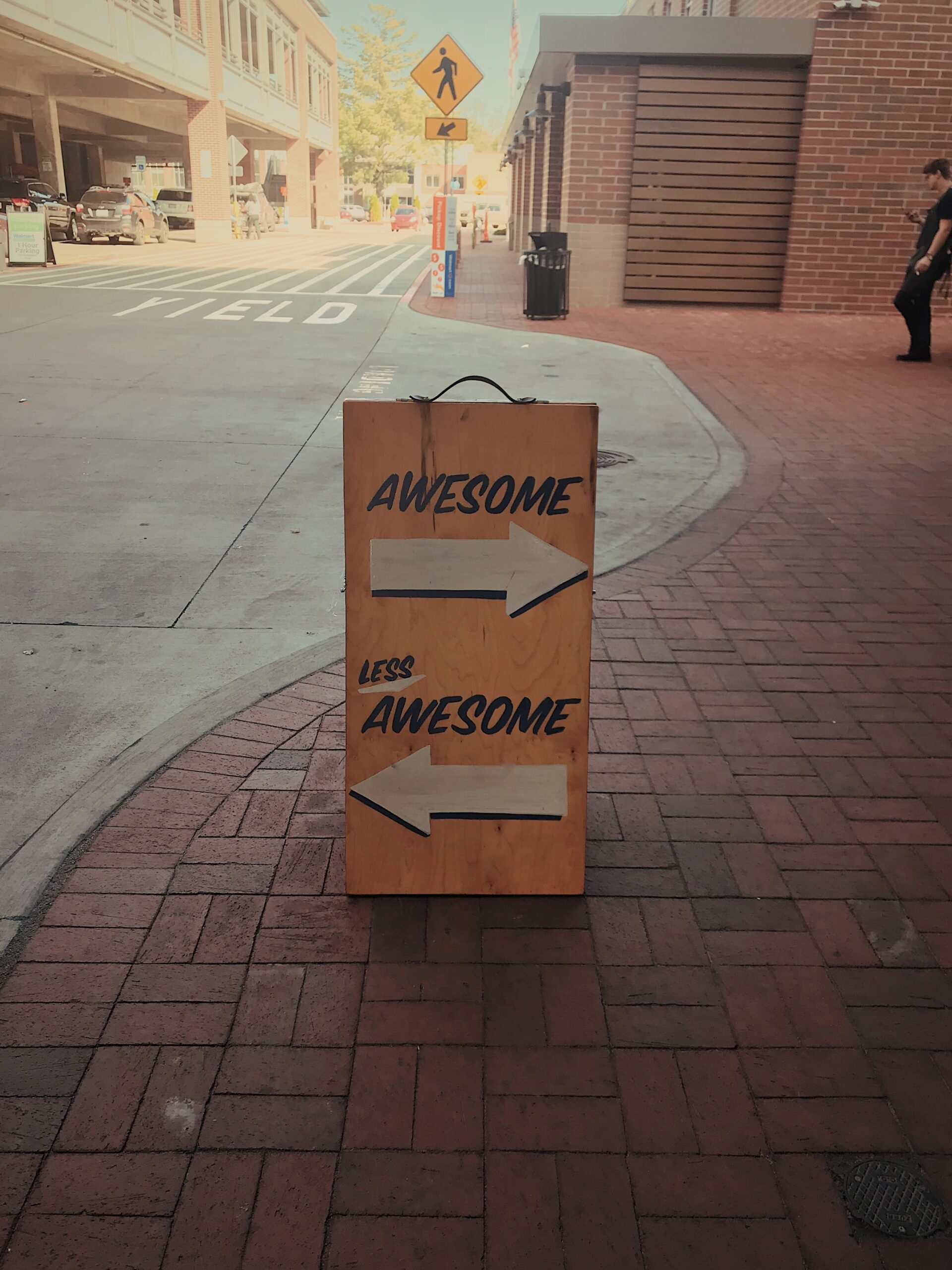
We’re a communicative and collaborative team at Radish, and the continuous stream of constructive internal and external feedback we give and receive greatly contributes to the quality of our products. Whether it’s from a coworker, contractor, or client, feedback is a valuable and necessary tool for successful projects, as well as individual growth and self-awareness. Outside of bi-annual reviews and other “formal” internal check-ins, we want to share how we weave feedback into every stage of the process – strategy, design, development and post-launch.
DISCOVERY
Before diving into a new visual system or developing a dynamic digital platform, we learn as much as we can about the client and their project-specific goals. We listen to their overall vision for the project and then synthesize what we learn during this context-gathering phase. What we hear and learn is echoed back to the client in order to set and align on the project’s parameters. The feedback we receive from this synthesis is crucial to a successful design process and ensures we’re not designing on any assumptions, but rather, have effectively aligned with the client on who they are, what they do, and what success looks like to them.
DESIGN
Before showing any work to the client, our designers loop in our strategists and project managers so that they can act as a sounding board for creative choices. We encourage our designers to break out of the ‘design silo’—meaning the earlier they can bring in other team members to bounce ideas off of, the better.
There are three major milestones within the design phase where we provide opportunities for the client to give us feedback on our work: moodboards, creative direction, and extended designs. As a general rule, we typically factor in two rounds of client feedback at each milestone. We also provide guidance surrounding the kind of feedback we’re looking for at which phase so that our revisions are efficient and effective.
DEVELOPMENT
For our digital projects, our QA and user-testing process give our clients the opportunity to start to poke around the site themselves and pinpoint areas for possible improvement. We conduct both an external and an in-depth internal QA process, gather this feedback, and apply it in the revisions. At Radish, we don’t disappear after the design phase and then come back the day of launch to surprise our clients with the end product. We loop them in earlier, so that they have the opportunity to identify bugs or errors we missed, and nothing comes as a surprise.
INTERNAL & CLIENT RETROSPECTIVES
Once we launch a project, we conduct an internal retrospective, closely followed by a client retrospective. The internal retrospective provides us structured time to share how we feel the project went: What went well? What was stressful? What is something you’re proud of? Who on the team do you want to give a shout out to? What would you have done differently if we were to do this again? Internal retrospectives give us the opportunity to identify our strengths and weaknesses and create an improvement plan for future projects.
The client retrospective acts similarly. We ask questions like: Was this project successful in your view? What aspects of the project felt less successful on your end? Is there anything we could have done differently? Is there a possibility of working together again in the future? We really value our clients’ opinions, and while we love the positive responses, it is the constructive criticism that really helps us better our services.
PUBLIC REVIEWS
Lastly, we appreciate our public-facing feedback as well. Reviews we receive through 3rd party platforms like Clutch help us grow our online presence and provide yet another way for us to improve our products and services. The structured feedback Clutch receives through online surveys or phone interviews provides clear feedback that is valuable not only to us but potential clients as well. Especially during these times when we are all dealing with the effects of COVID-19, public reviews are a valuable addition to our business growth.
Whether you’re a creative agency like Radish or a client of an agency, we hope we’ve given you an idea of how we prioritize and make time to listen to and then respond to the opinions and ideas of others.
